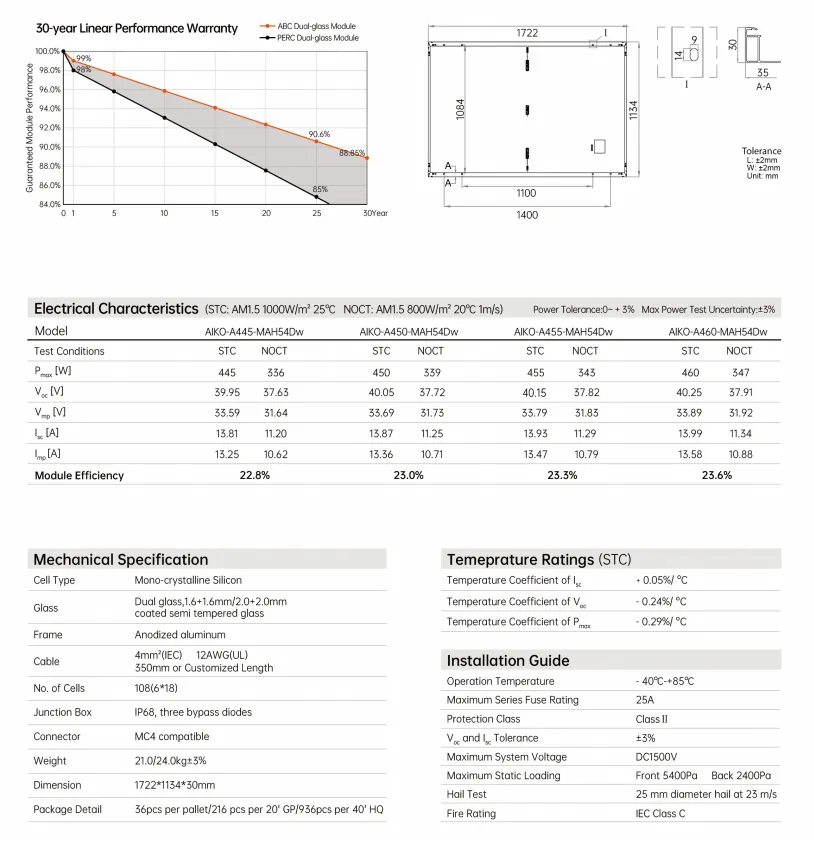Estimating the Expenses Involved in Solar Panel Installation for Your Renewable Energy Project
Understanding Solar Panel Costs for Your Project
As the world increasingly turns to renewable energy sources, solar power has emerged as a leading option for both residential and commercial projects. However, one common concern for many individuals and organizations considering solar energy is the cost associated with installing solar panels. This article aims to provide a clear understanding of solar panel costs, and the factors that influence these costs.
The Initial Investment
The first aspect to consider when evaluating the cost of solar panels is the initial investment. The price of solar panel systems can vary significantly depending on various factors such as system size, equipment quality, and installation location. On average, residential solar panel systems in the United States can cost between $15,000 and $25,000 before any tax credits or incentives. For larger commercial installations, costs can start at around $100,000 and go up depending on the scale and complexity of the project.
Key Factors Affecting Solar Panel Costs
1. System Size The larger the solar power system, the higher the total cost. However, per watt costs generally decrease with larger systems due to economies of scale. Residential systems are often sized between 4kW to 10kW, while commercial systems can range from tens of kilowatts to several megawatts.
2. Quality of Equipment The type and brand of solar panels, inverters, and mounting systems can significantly affect the overall cost. Premium brands with higher efficiency ratings may cost more upfront but typically provide better performance and longer warranties.
3. Installation Costs Labor costs can vary widely depending on the region and the complexity of the installation. Typically, installation can account for 10% to 30% of the total system cost. It is crucial to choose an experienced installer to ensure that the system is correctly set up for optimal performance.
solar panel cost for project

4. Permitting and Inspection Fees Many areas require permits to install solar panels. These fees can add up, so it's crucial to factor them into the overall budget. Local regulations may also require inspections, which can further increase costs.
5. Incentives and Tax Credits One of the most significant ways to offset solar panel costs is through available incentives and tax credits. For example, in the United States, the Federal Investment Tax Credit (ITC) allows homeowners and businesses to deduct a percentage of the cost of installing a solar energy system from their federal taxes. This incentive can lower the overall project cost significantly.
Long-Term Savings
While the upfront costs of solar panels can seem daunting, it’s essential to consider the long-term savings. Once installed, solar panels can drastically reduce or even eliminate electricity bills. Many systems pay for themselves within 5 to 10 years, depending on local electricity rates, the amount of sunlight the panels receive, and the overall system cost.
Moreover, with energy prices rising, solar energy offers a hedge against future electricity costs. Additionally, there may be potential revenue streams through net metering, where homeowners can sell excess energy back to the grid.
Conclusion
Investing in solar panels can be a significant financial decision; however, it’s essential to consider both the upfront costs and the long-term benefits. By evaluating various factors such as system size, equipment quality, installation costs, and available incentives, individuals and organizations can make informed decisions that align with their energy needs and budget. With decreasing costs and increasing efficiency, solar energy represents a promising and sustainable solution for the future.
-
Unlocking Energy Freedom with the Off Grid Solar InverterNewsJun.06,2025
-
Unlock More Solar Power with a High-Efficiency Bifacial Solar PanelNewsJun.06,2025
-
Power Your Future with High-Efficiency Monocrystalline Solar PanelsNewsJun.06,2025
-
Next-Gen Solar Power Starts with Micro Solar InvertersNewsJun.06,2025
-
Harnessing Peak Efficiency with the On Grid Solar InverterNewsJun.06,2025
-
Discover Unmatched Efficiency with the Latest String Solar InverterNewsJun.06,2025







